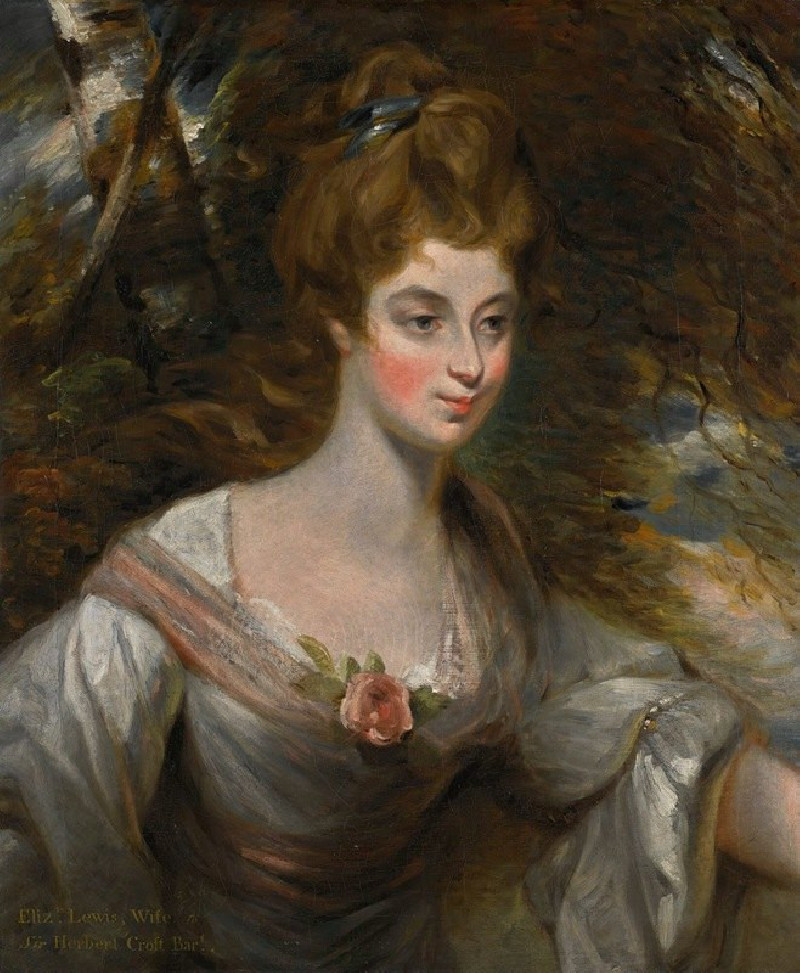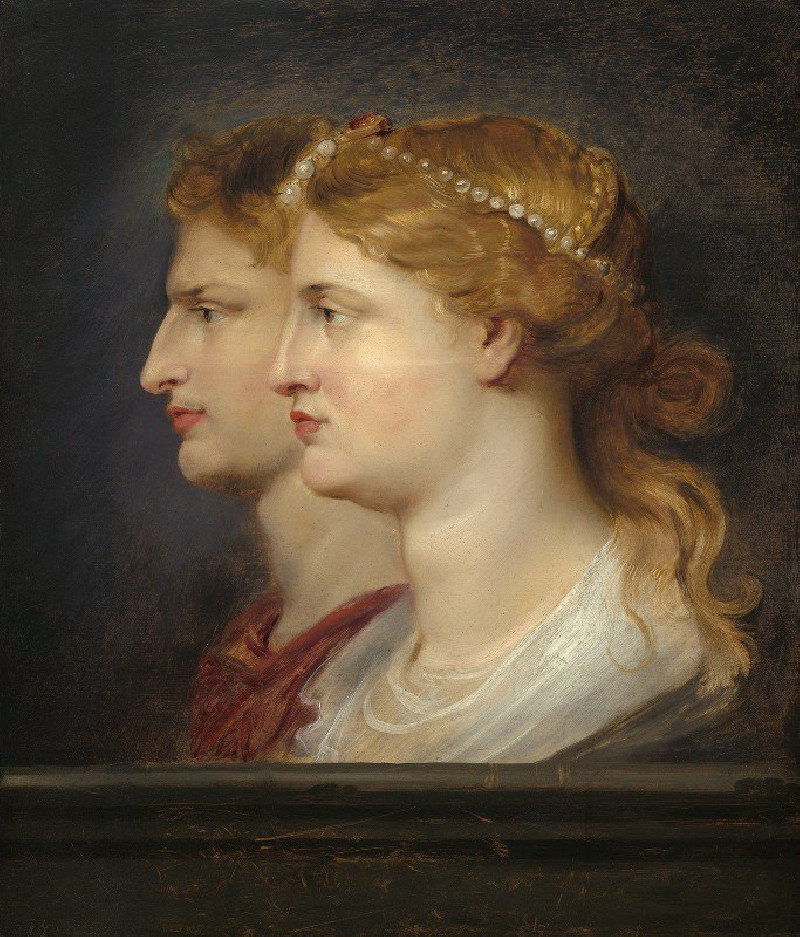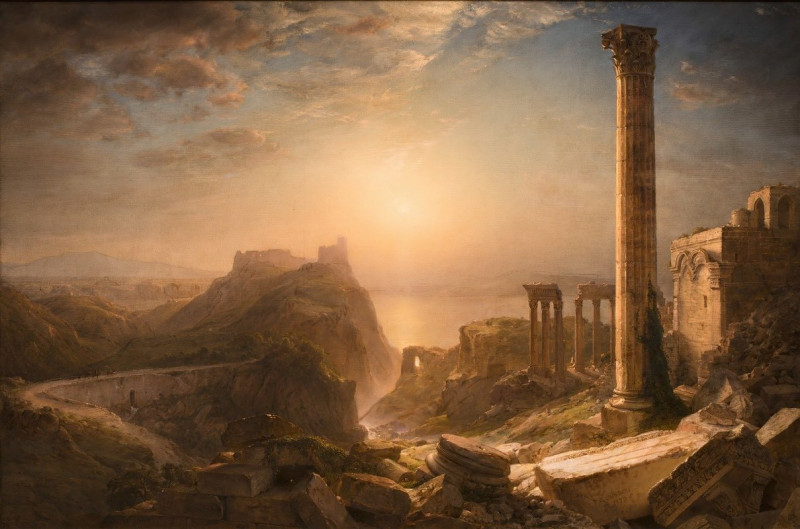Portrait of the Artist and His Model (1899)
Technique: Giclée quality print
Recommended by our customers
More about this artwork
Anders Zorn, a master of late 19th-century Swedish art, captured a compelling glimpse of his artistic life in the etching "Portrait of the Artist and His Model" created in 1899. This intriguing work reveals Zorn's prowess in handling the etching medium, where he intricately conveys both narrative and emotion in monochrome.In the foreground, Zorn portrays himself with remarkable detail and introspective expression, suggesting a moment of deep concentration or perhaps a brief pause in his creative process. His focused gaze might be directed towards his work, underscoring the solitude and intensity that often accompanies the act of creation.Behind him, the figure of his model adds a layer of narrative depth to the scene. The model, rendered in less vivid strokes compared to the artist, appears almost ghostlike against the backdrop. This contrast may hint at the transient role of the model in the artistic process, serving more as a muse or an echo of the artist's vision rather than a distinct entity. This duality emphasizes the notion of art as a dialogue between the real and the imagined, the seen and the unseen.Zorn’s use of dynamic, fluid lines not only captures the immediacy of the scene but also reflects the movement and energy inherent in the creative process. The environment is suggested with rough, spontaneous strokes, creating a sense of environment without overwhelming the central figures. This approach allows viewers to focus primarily on the artist and his interaction with his model, inviting them to reflect on the relationship between creator and creation.
Delivery
Returns
Anders Leonard Zorn (18 February 1860 – 22 August 1920) was a Swedish painter. He attained international success as a painter, sculptor, and etching artist. Among Zorn's portrait subjects include King Oscar II of Sweden and three American Presidents: Grover Cleveland, William H. Taft, and Theodore Roosevelt. At the end of his life, he established the Swedish literary Bellman Prize in 1920.

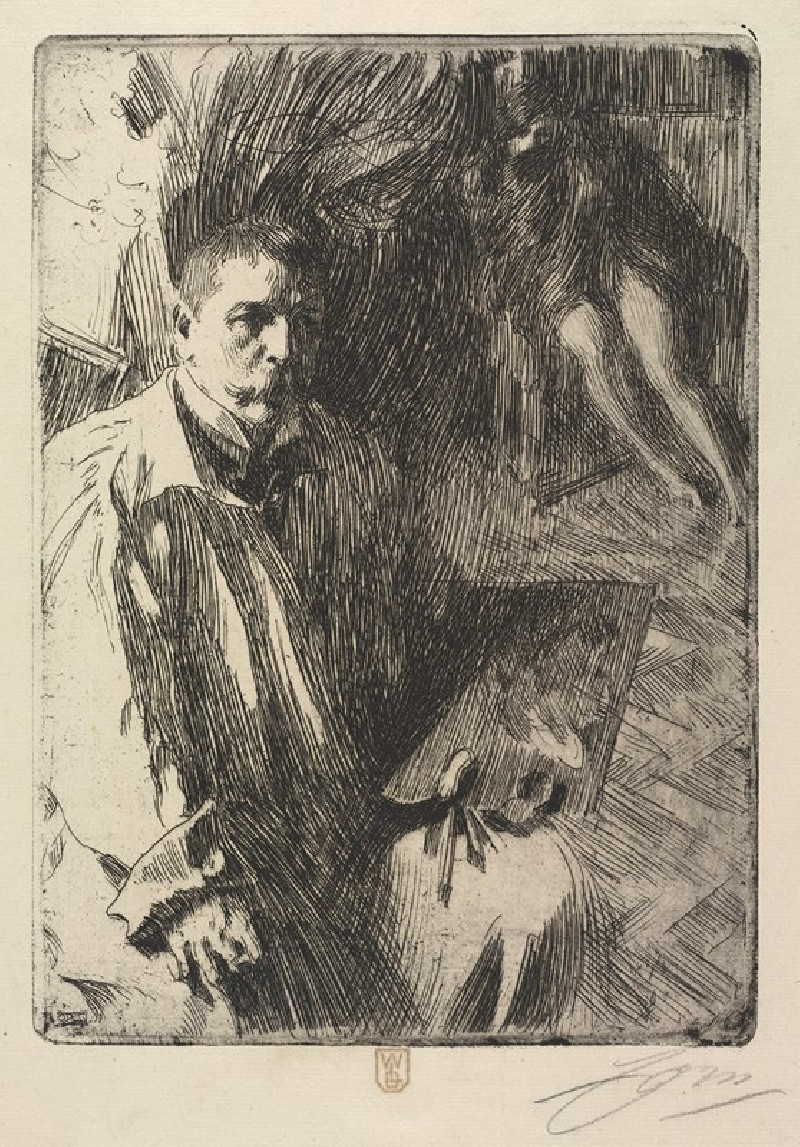

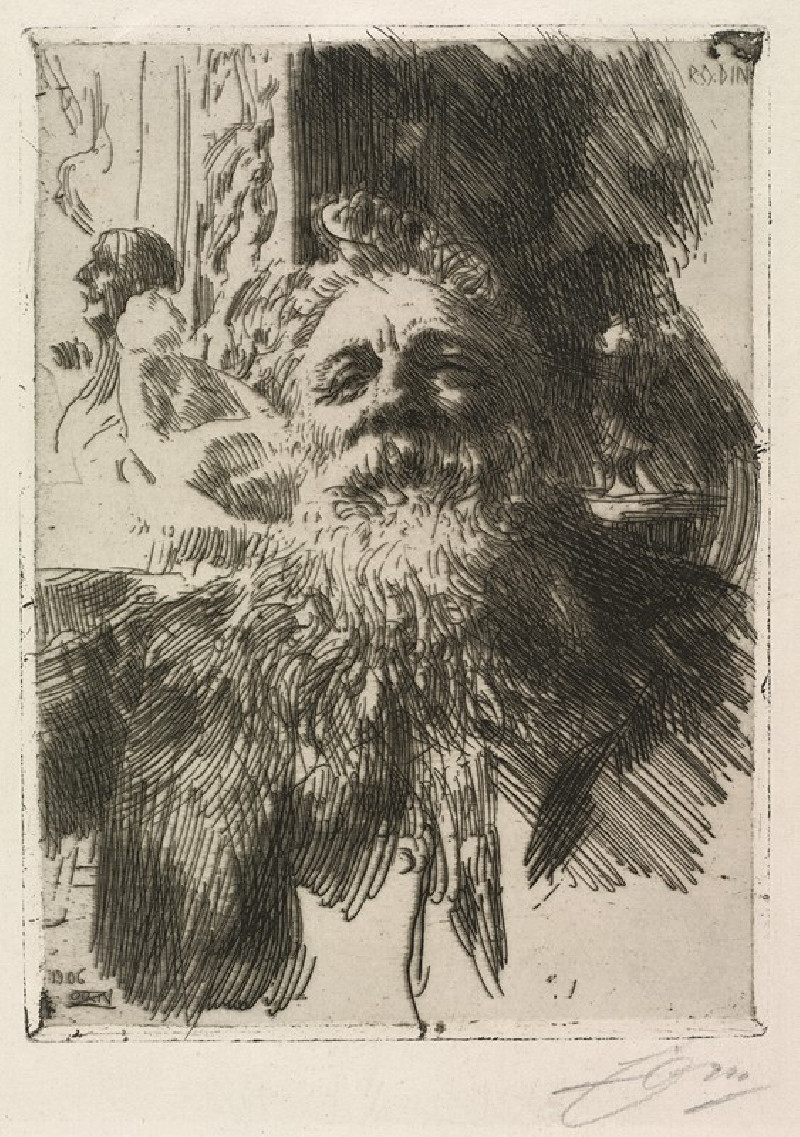

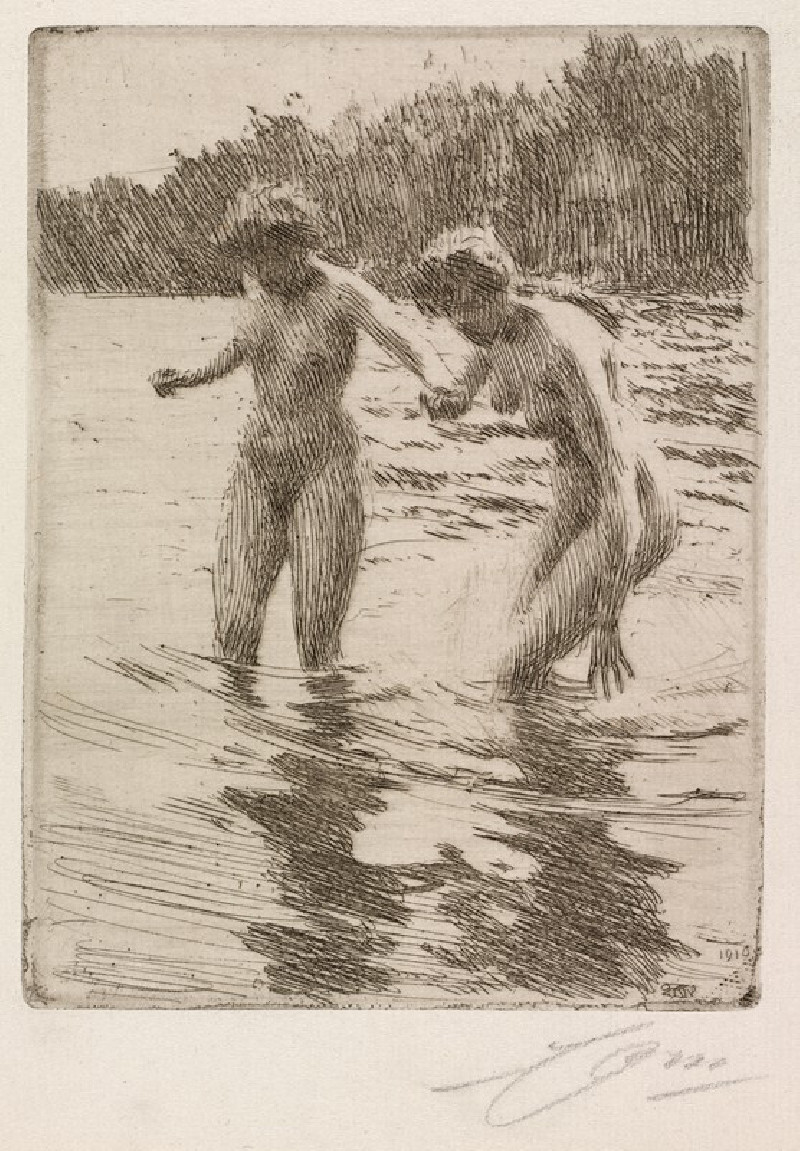
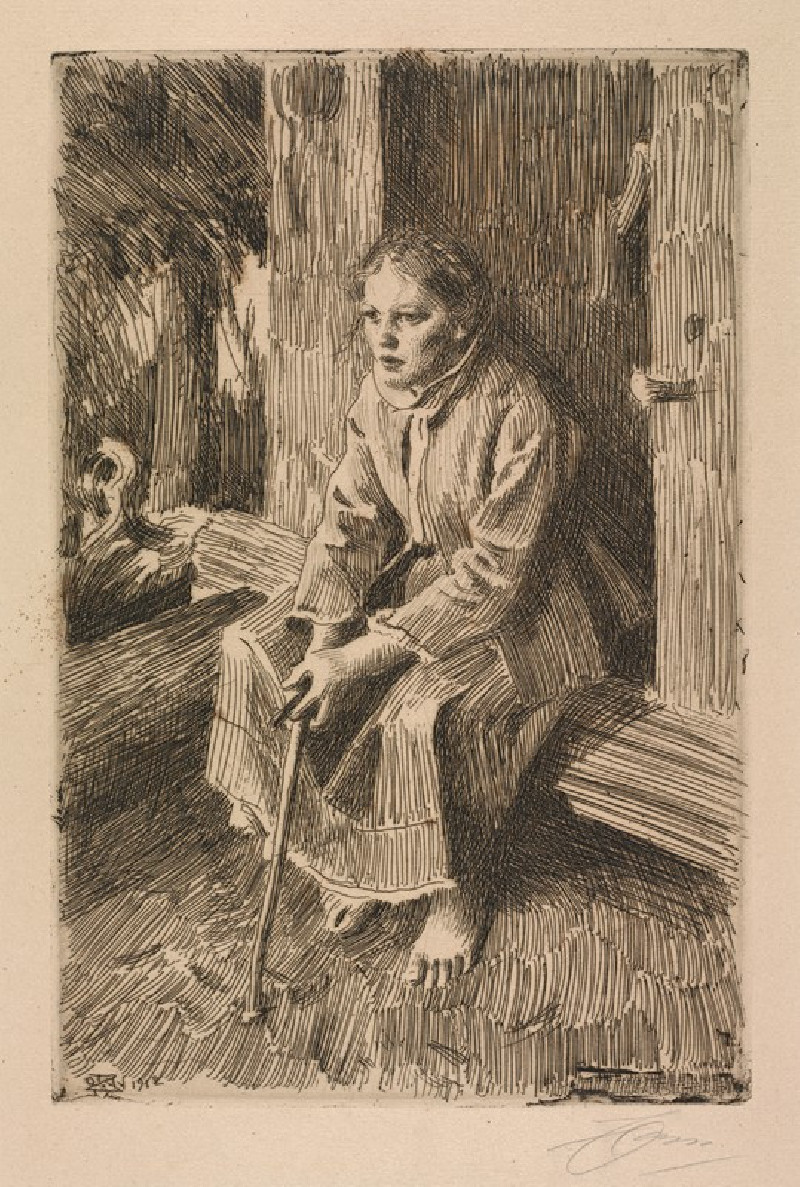
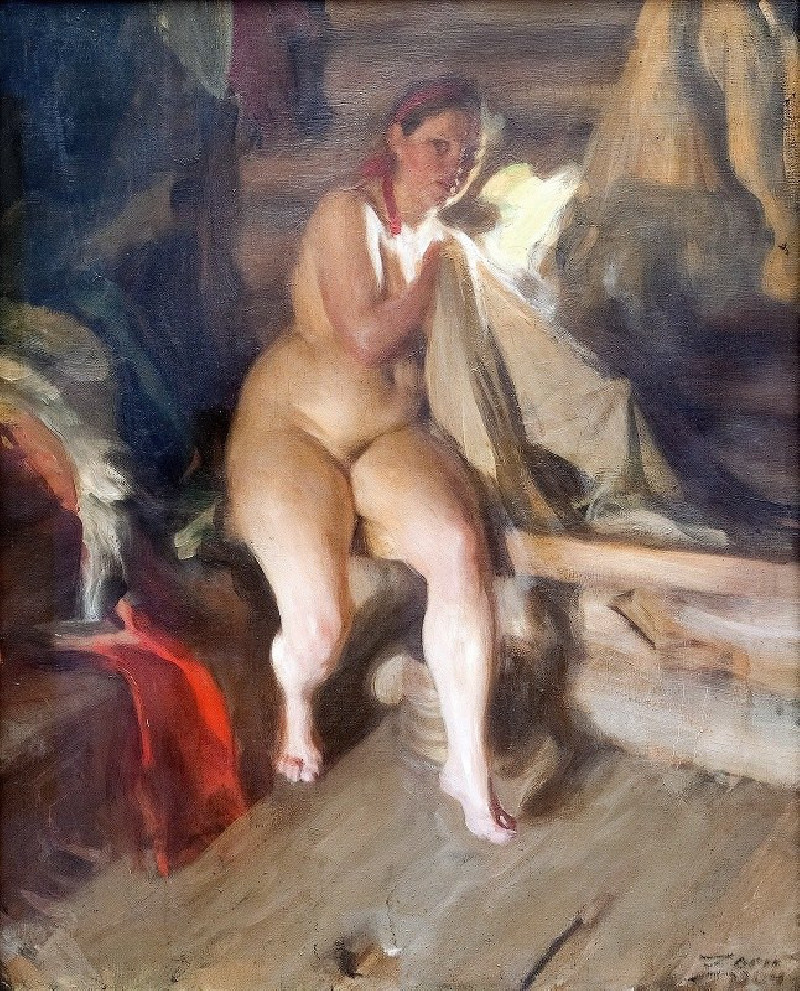
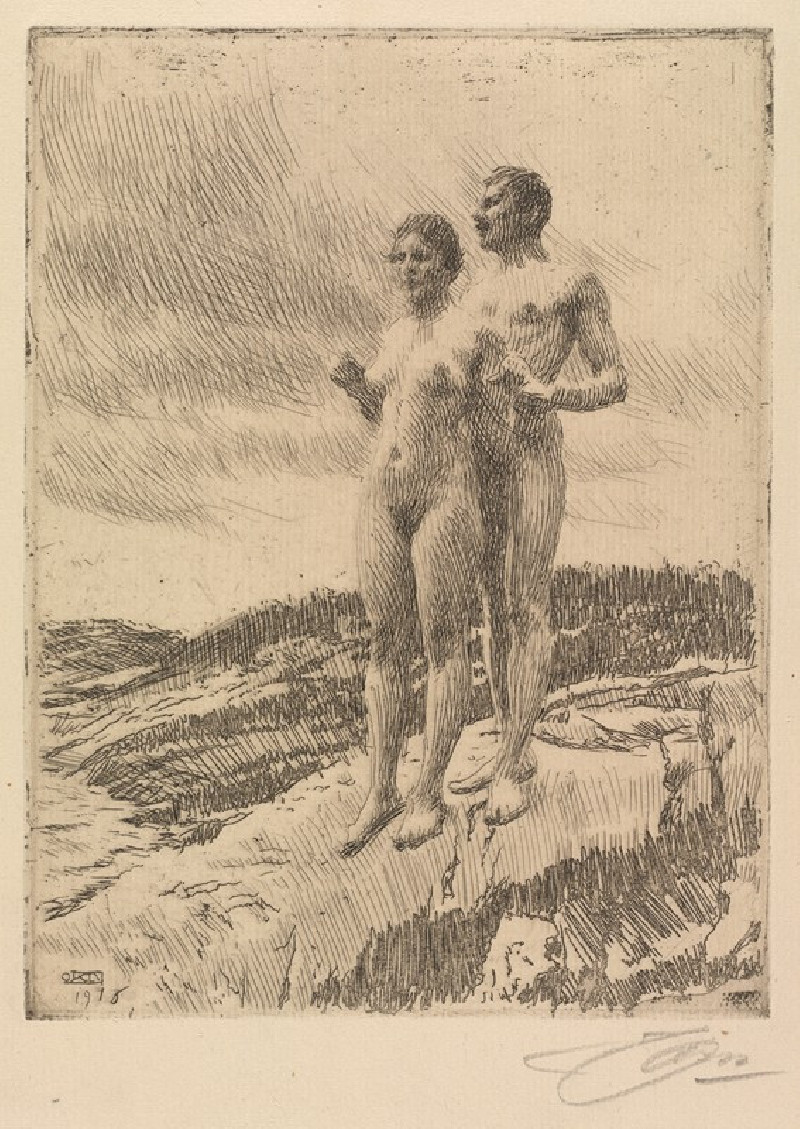
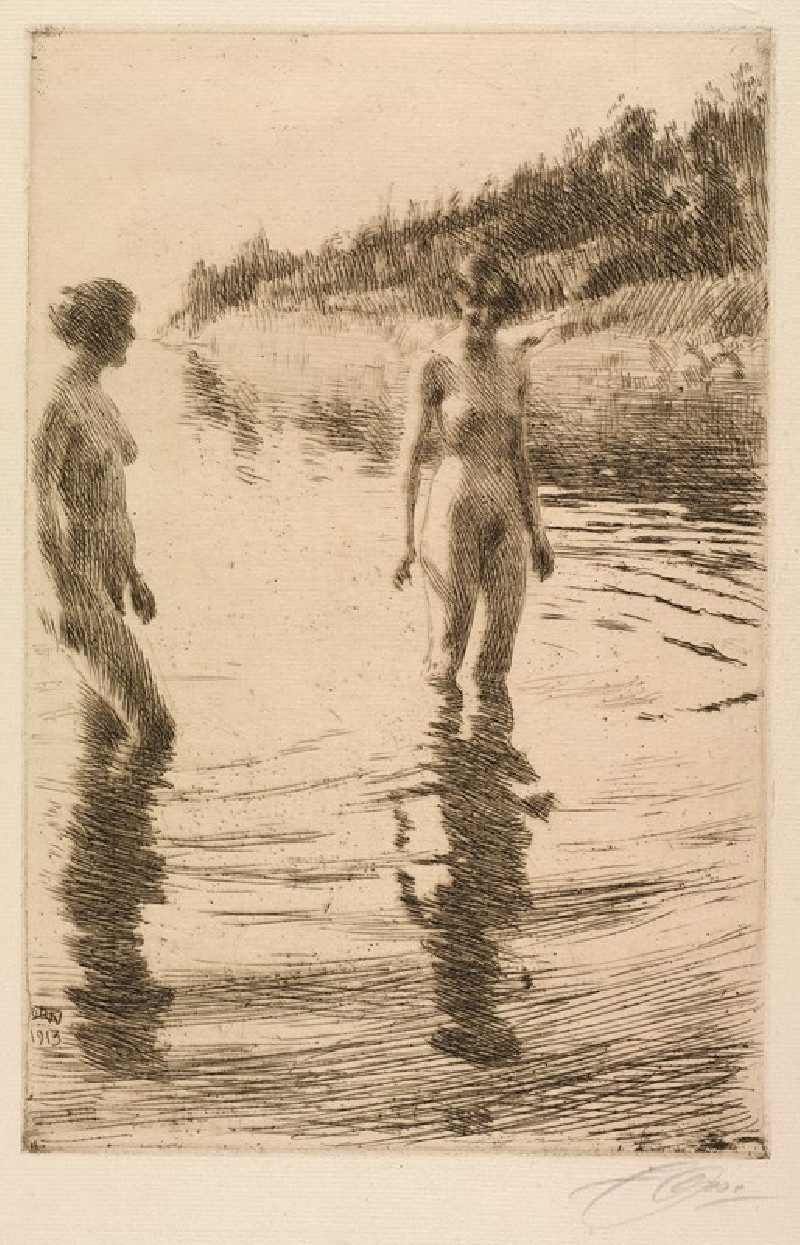
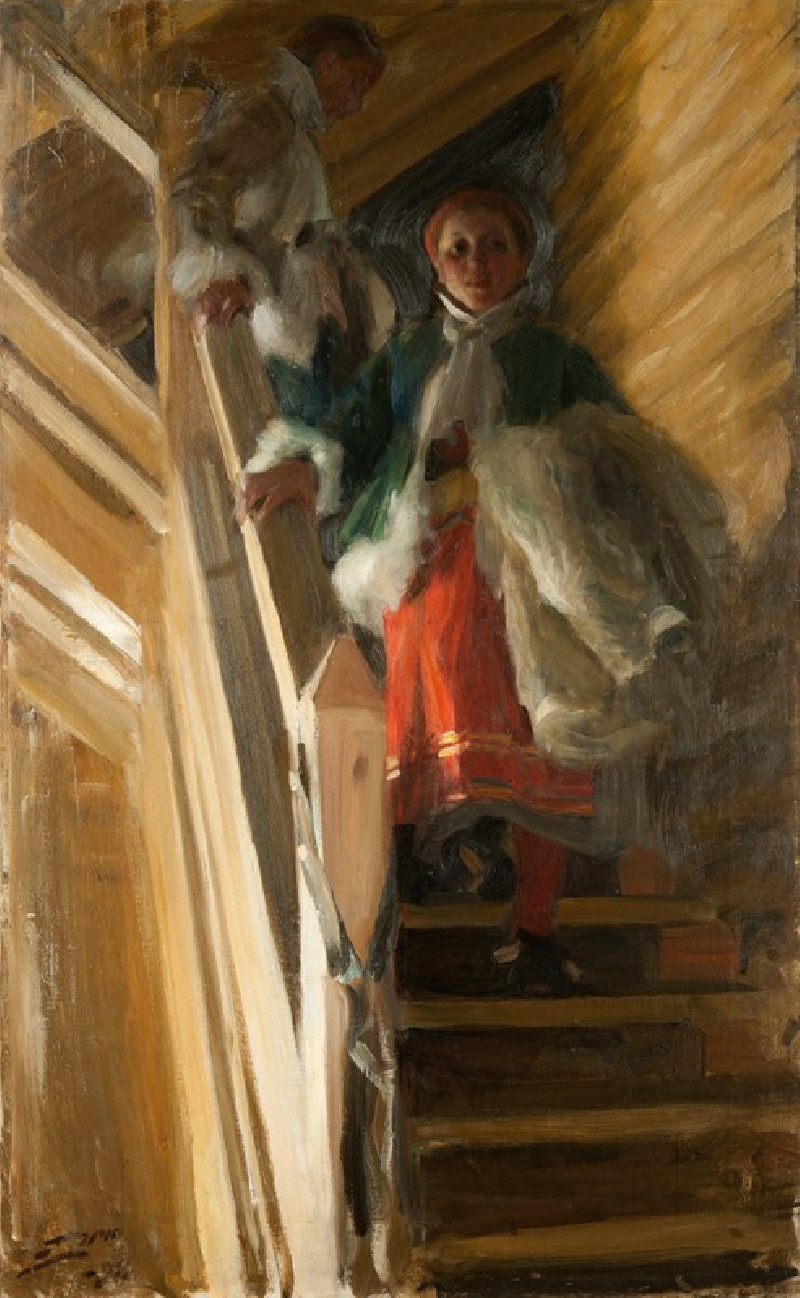

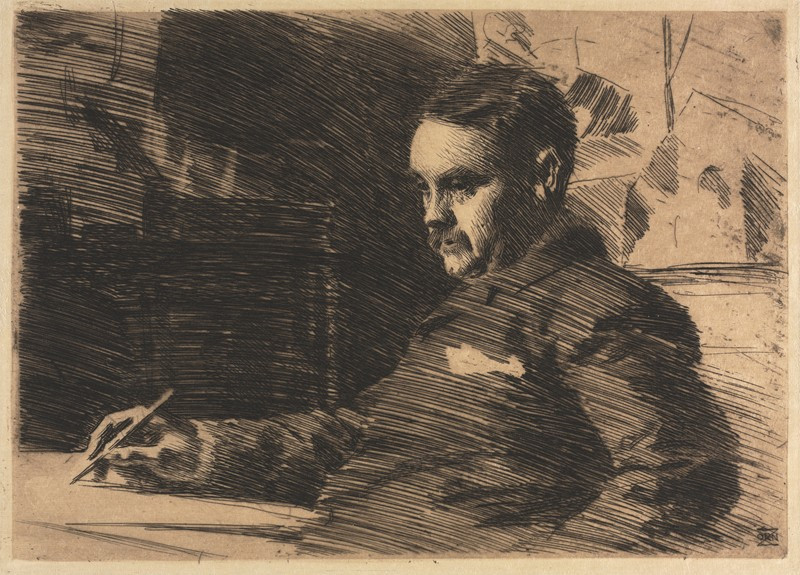
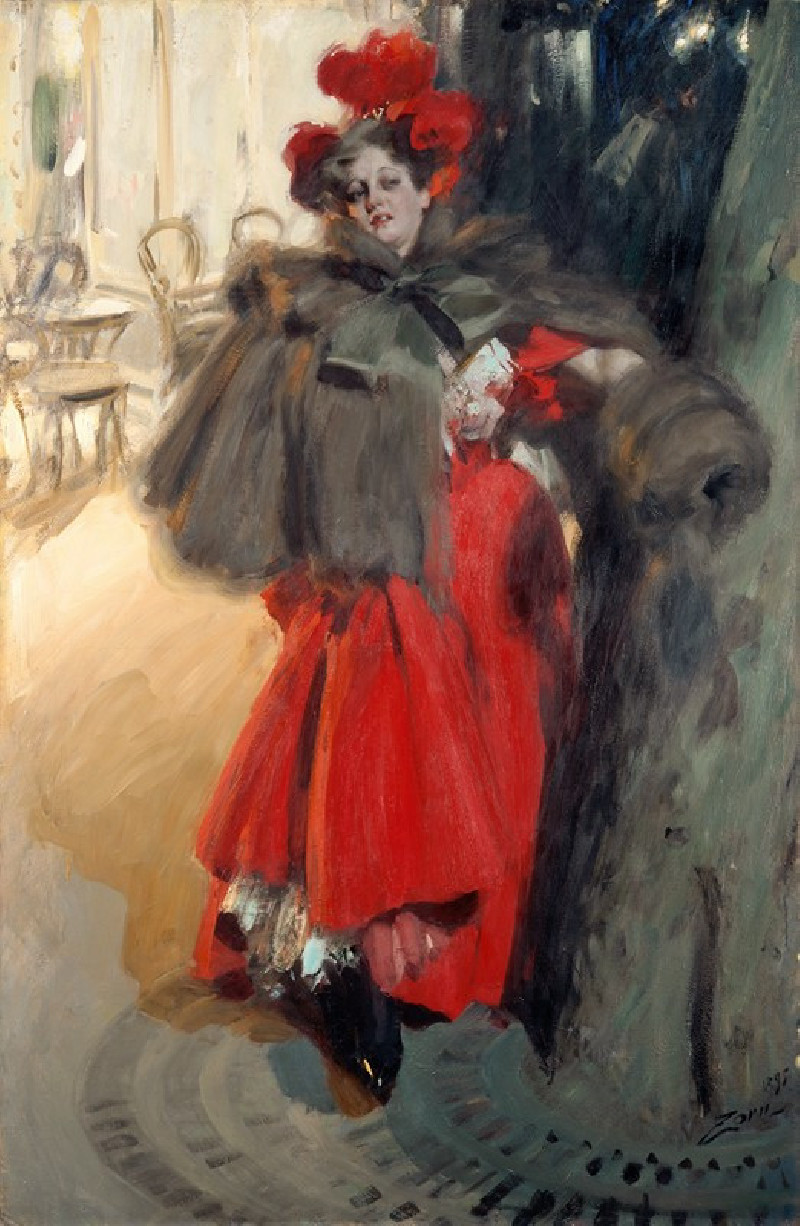

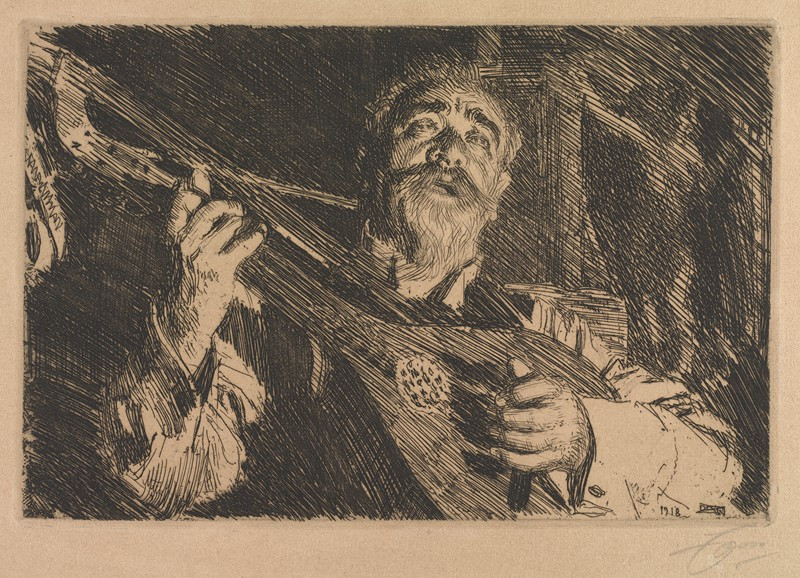

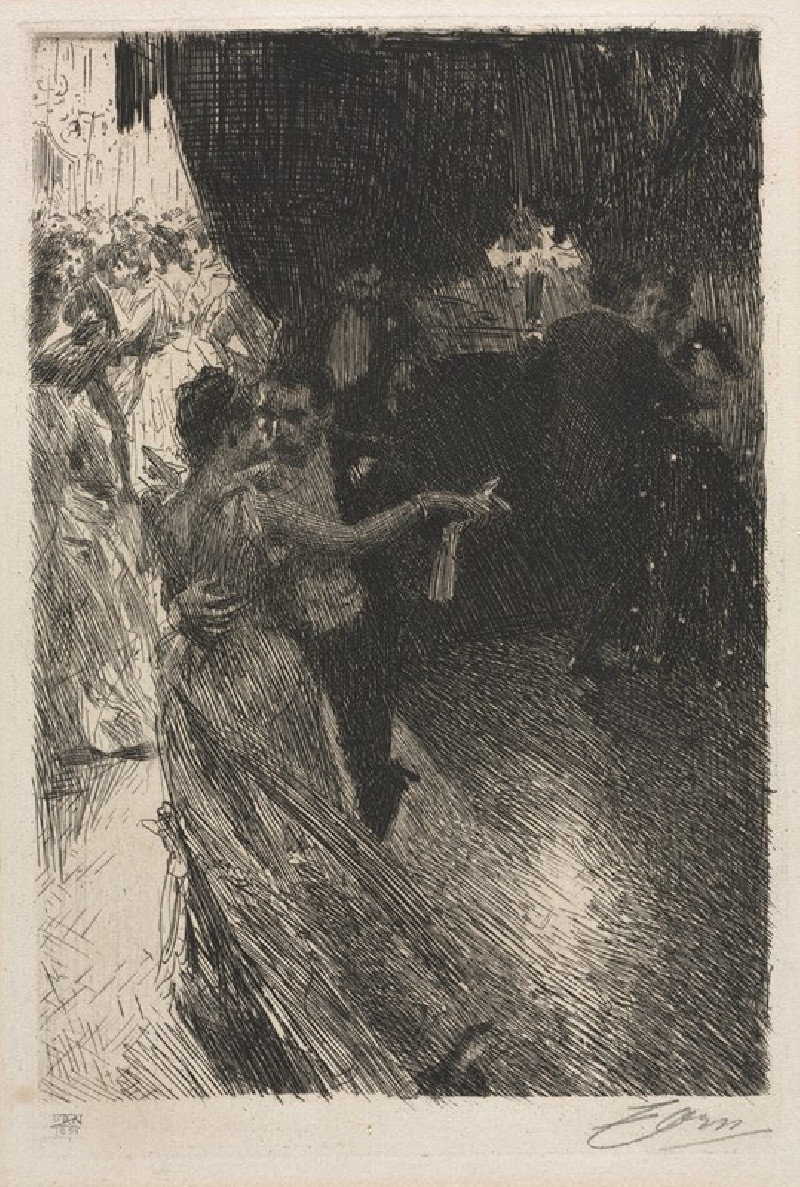
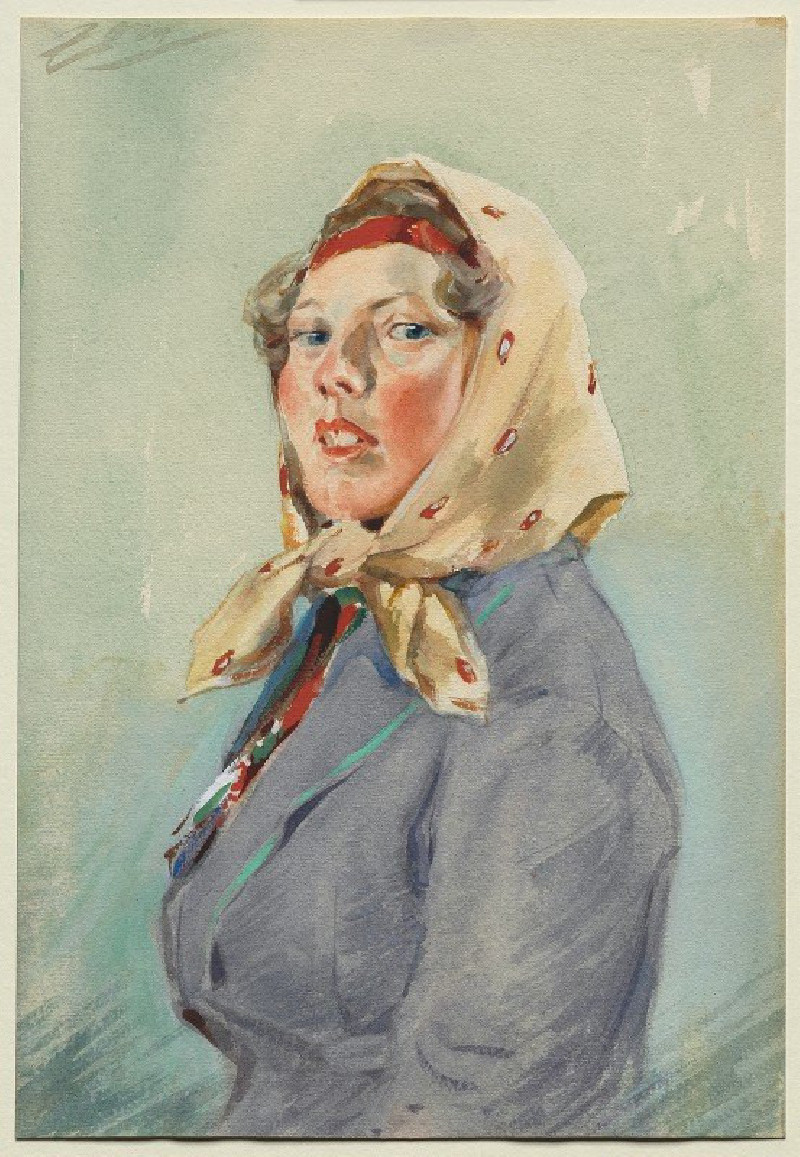
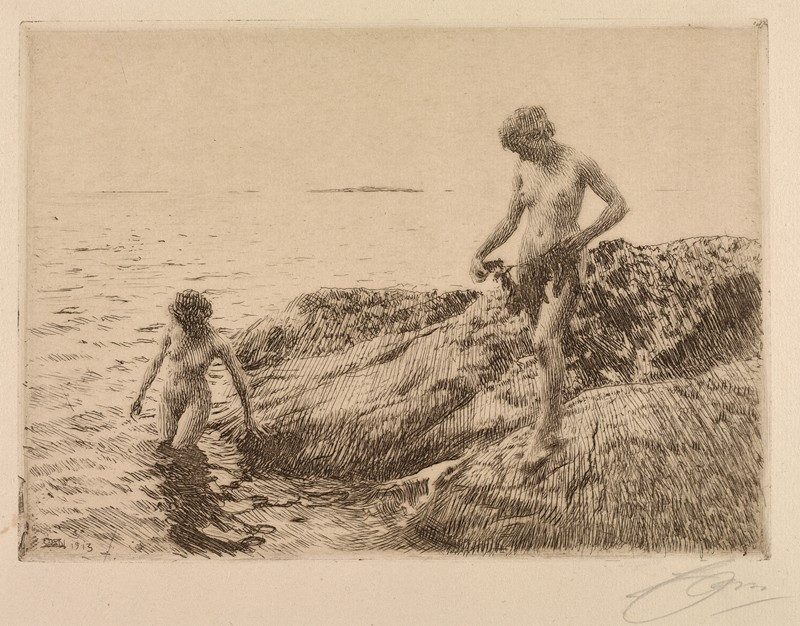
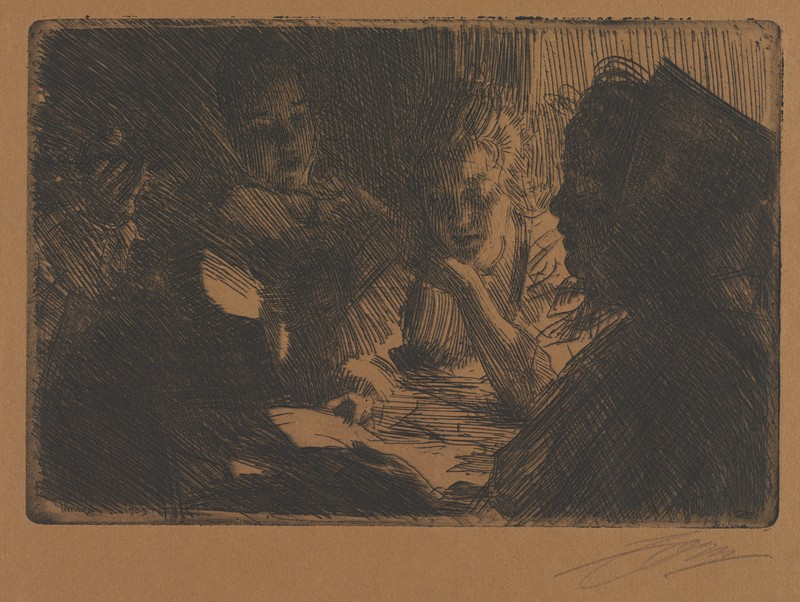

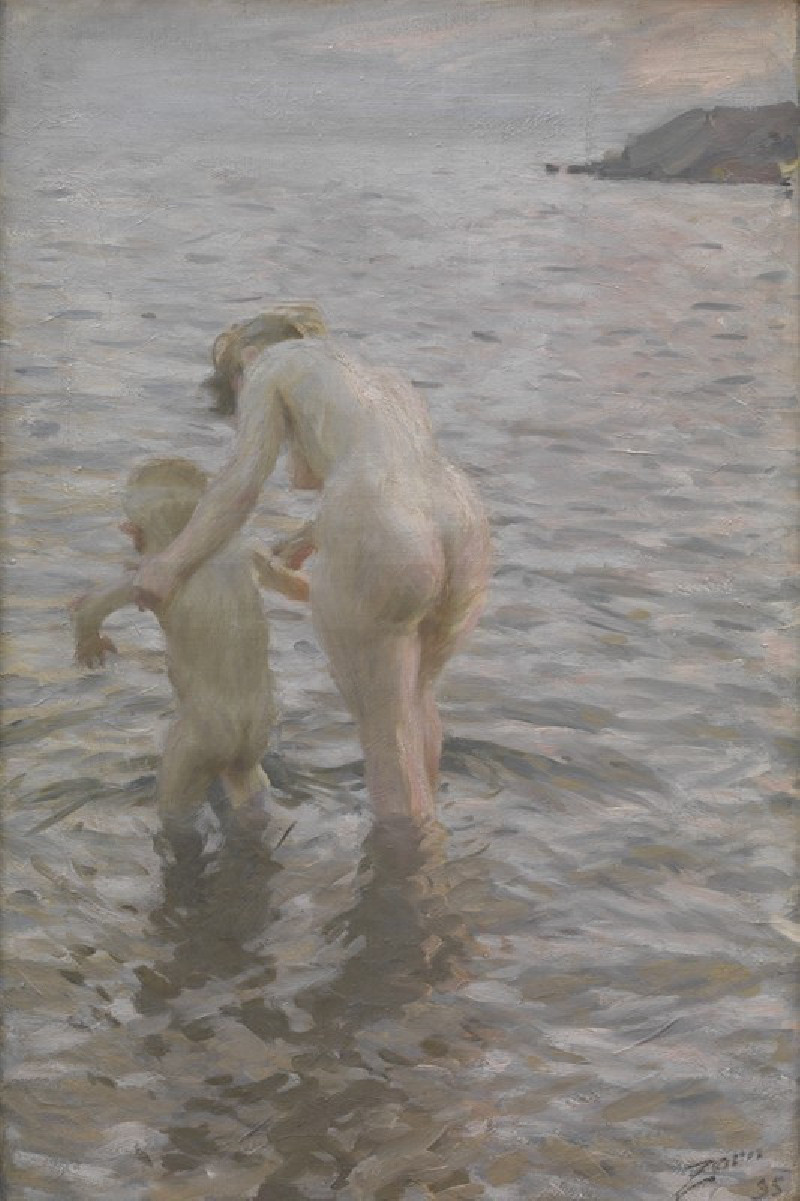
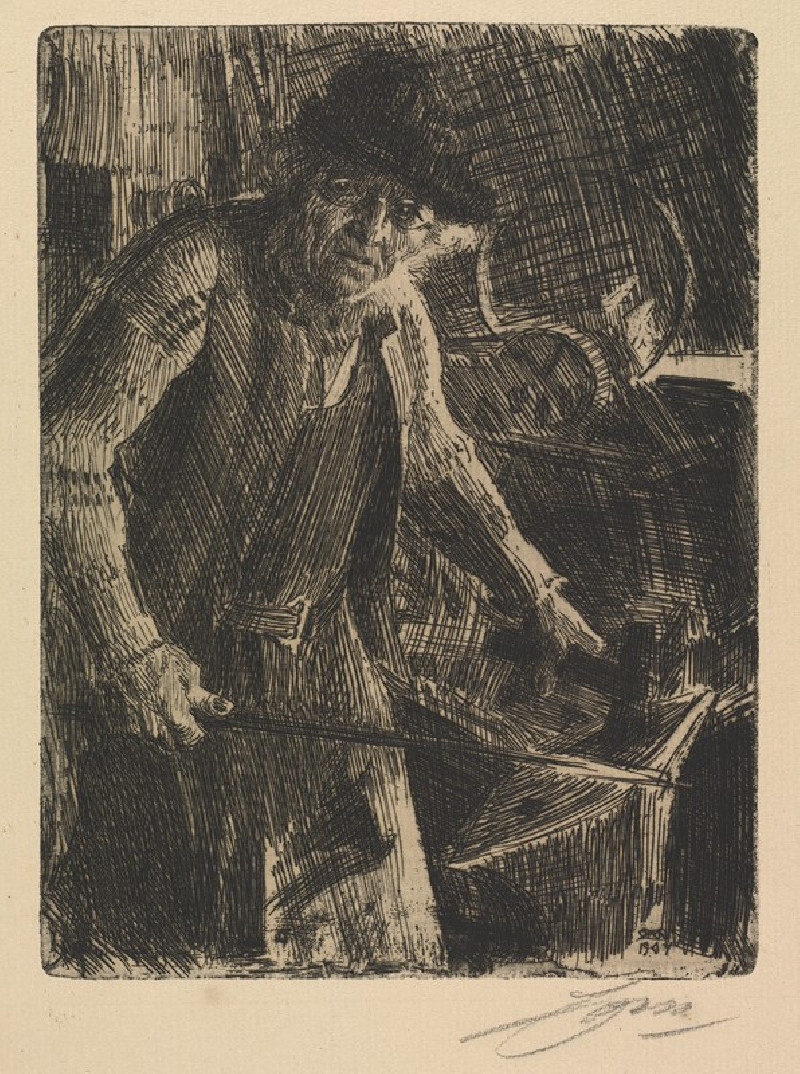
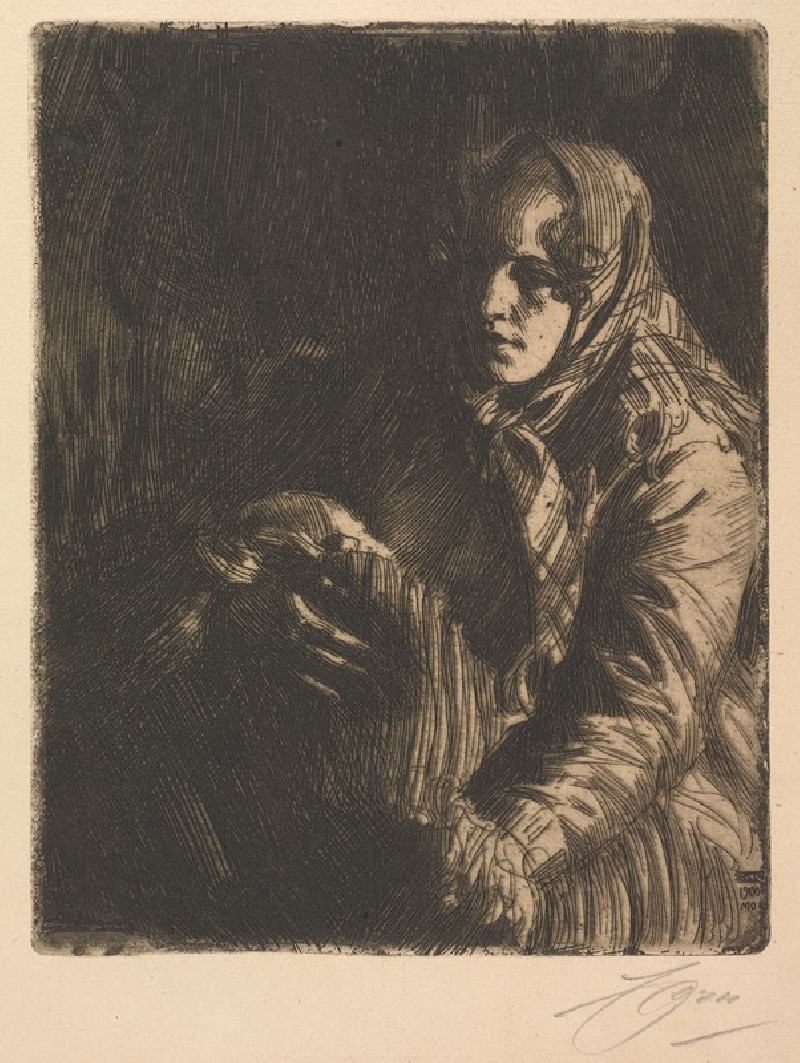
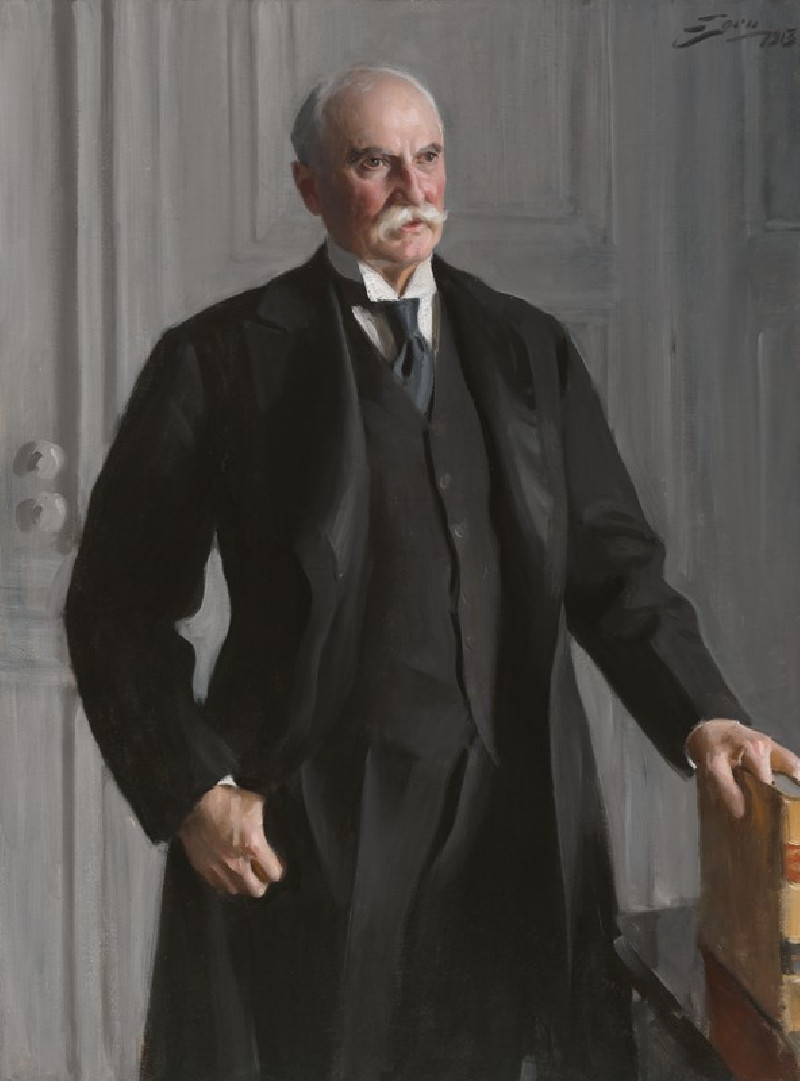



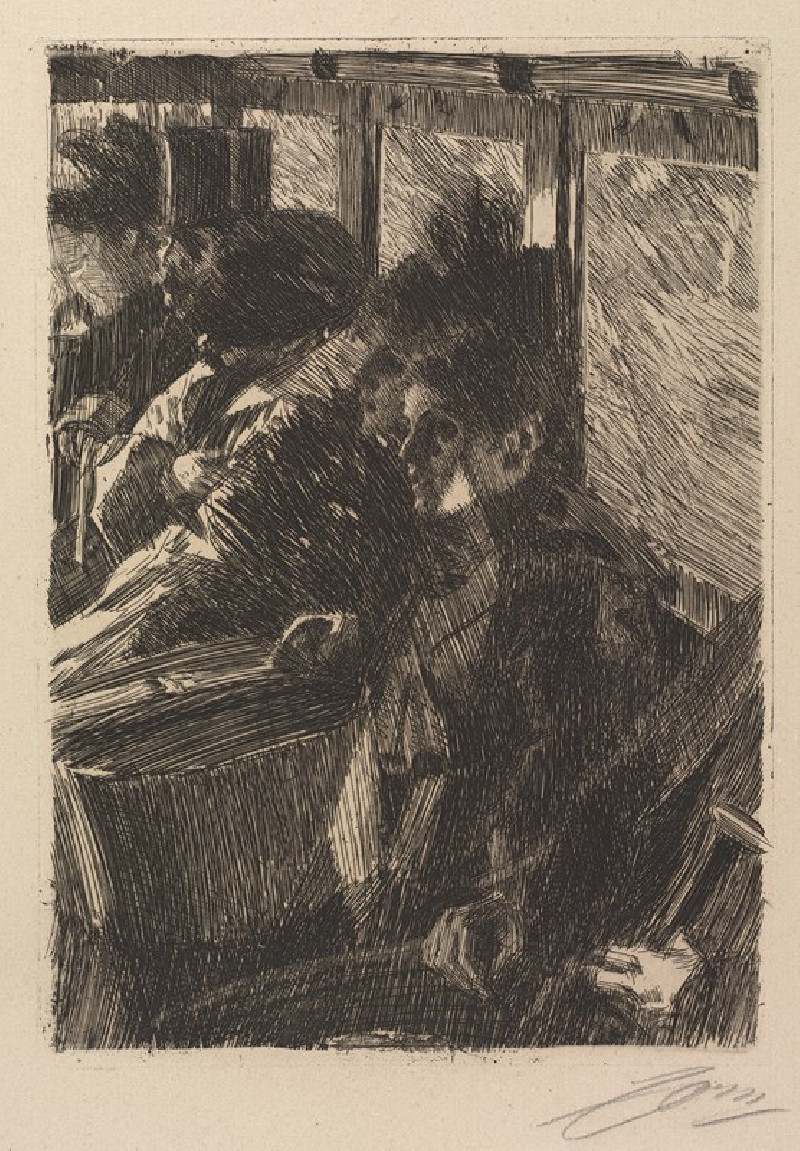


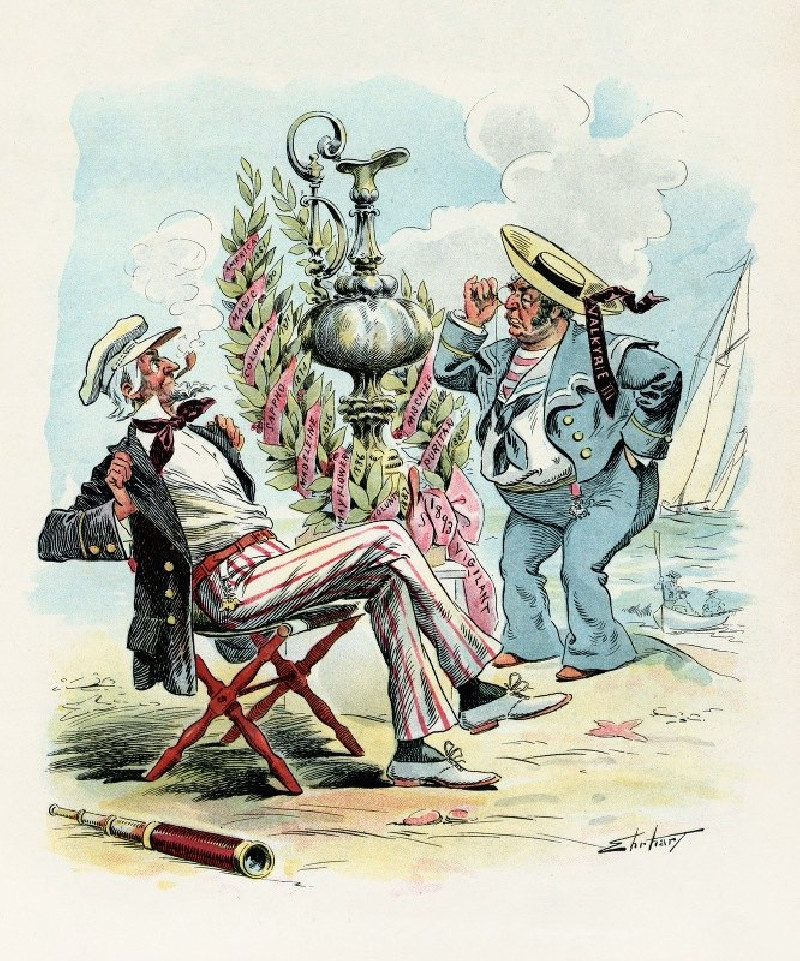
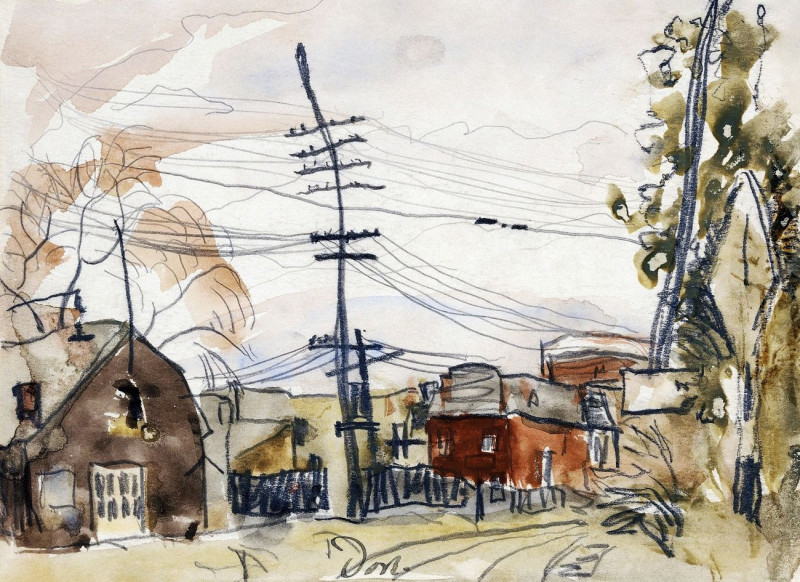
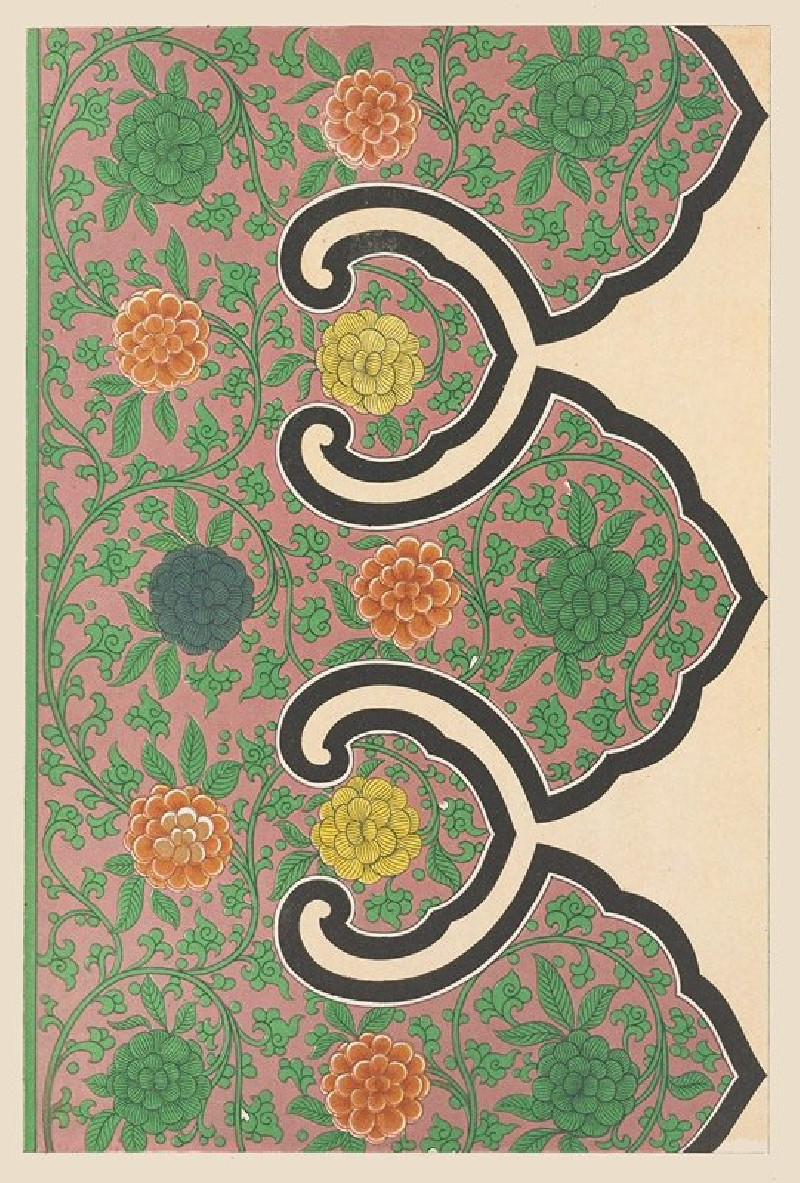
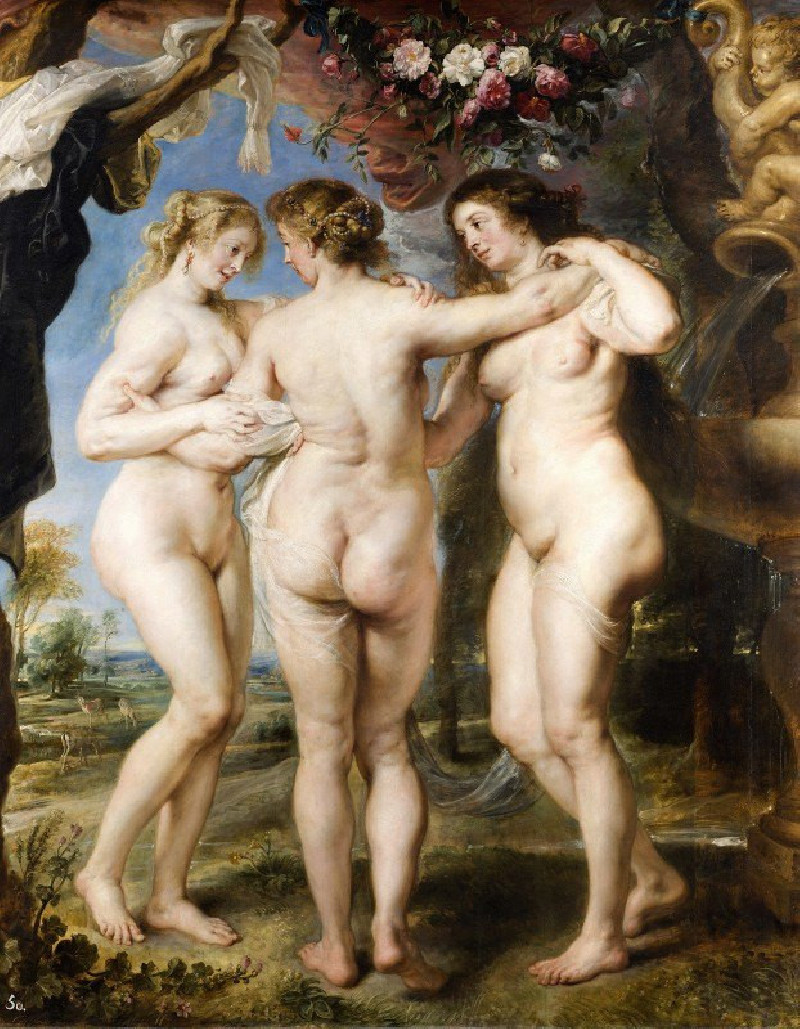
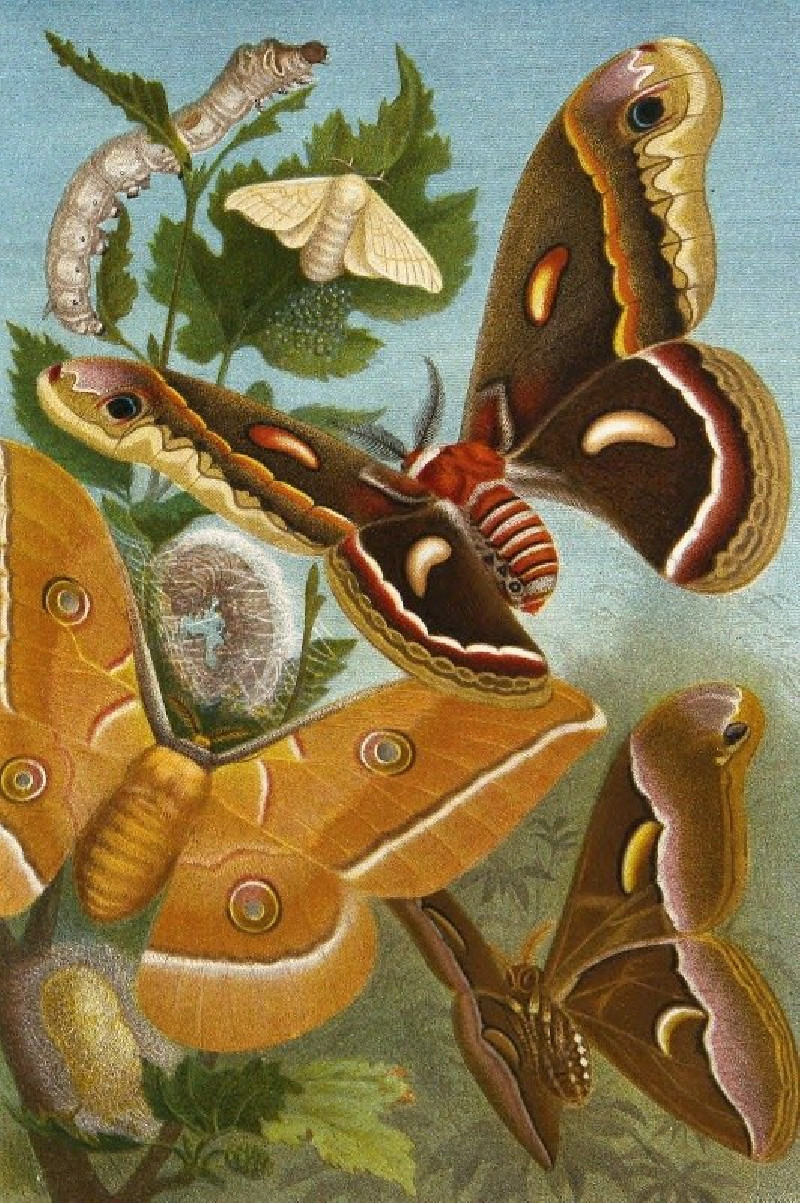
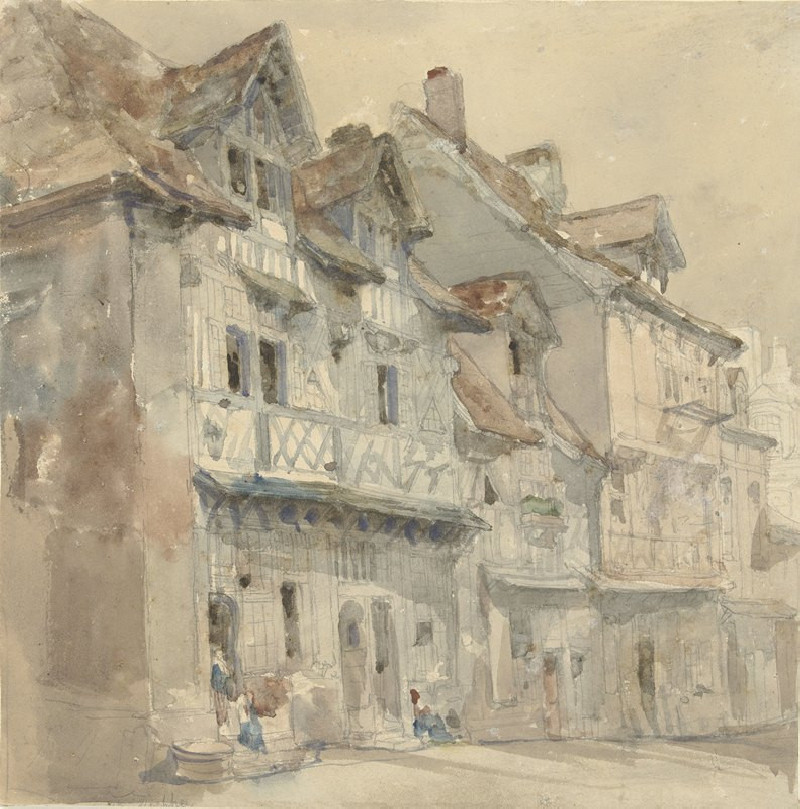

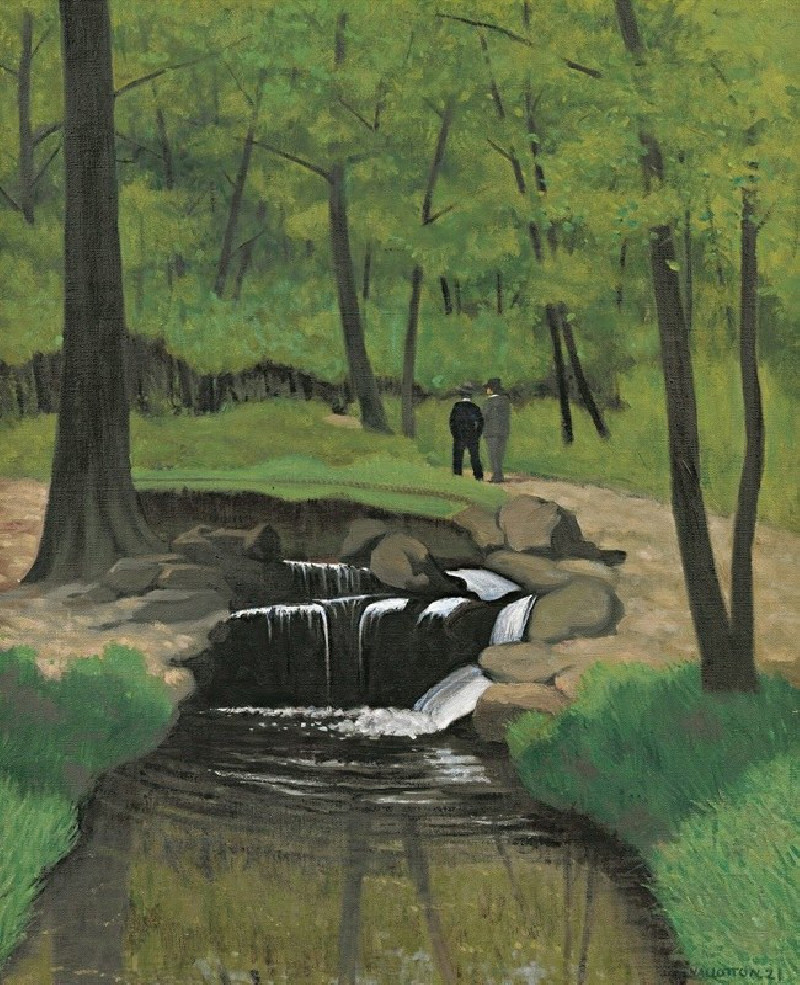
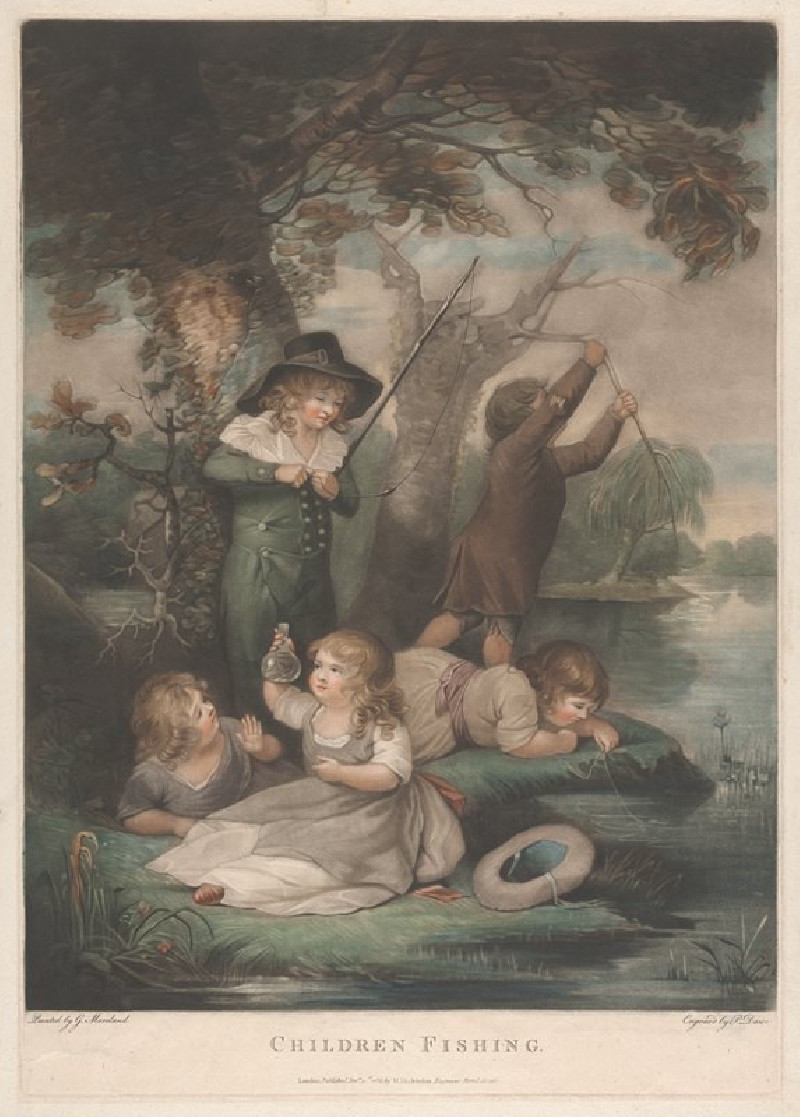


![At Moorshedubad [Murshidabad] reproduction of painting by Samuel Davis. ALL GICLEE PRINTS](https://reprodukcijos.lt/48403-large_default/reproduction-of-at-moorshedubad-murshidabad.jpg)
